

![]() A quieter week for The English Apple Man; 'time to review the data from The BIFGA Technical Day and select some of the information relevant to my readers'
A quieter week for The English Apple Man; 'time to review the data from The BIFGA Technical Day and select some of the information relevant to my readers'
Last week I reviewed the Principles of Pruning conducted by Roger Worraker & Malcolm Withnall.
In keeping with critical elements of fruit production expounded in that presentation, I will review the presentation by Alan Hart of The Bee Farmers Association. Bees are very important to the success of apple & pear growing, indeed many would say, 'critical' and the provision of bees for our orchards is as integral to the 'blueprint' for success as any other element of our top fruit production protocol.
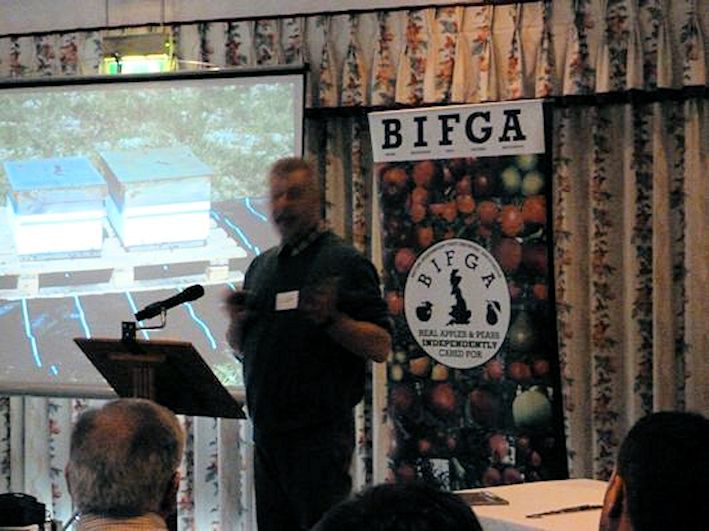
Alan reminded us of the difference between, The Bee Farmers & The Bee Keepers!
The Bee Farmers Association is the body representing professional bee keepers, and should not be confused with the >Bee Keepers Association. who by and large are enthusiastic Amateur bee keepers.
Below a top line statement from The BFA
"Run by bee farmers for bee farmers. The only association to represent the interests of the commercial and semi-commercial bee keepers of the U.K."
Reflecting on 2012 Alan said; "in keeping with growers" it was one of the most difficult years for Bee Farmers.
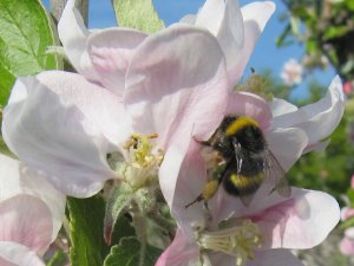 Pollination is critical for a successful crop on any fruit, and the weather can be kind or unkind; and April 2012 was their most challenging period ever! The cold and wet weather during Apple blossom time, meant apples suffered more than pears, plums and cherries and it was amazing that any apples pollinated at all.
Pollination is critical for a successful crop on any fruit, and the weather can be kind or unkind; and April 2012 was their most challenging period ever! The cold and wet weather during Apple blossom time, meant apples suffered more than pears, plums and cherries and it was amazing that any apples pollinated at all.
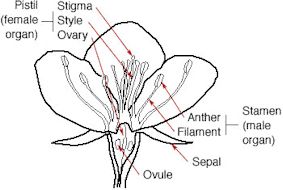 What is pollination?
What is pollination?
Alan reminded us of the factors required for a successful pollination and fertilisation of an apple; "a minimum number of viable fertile pollen grains between compatible varieties must make the journey from male to female components of the flower.
Inadequate pollination will cause misshapen and undersized fruit and calcium deficiency. Different pollen provides different proteins.
Alan said the much quoted notion that Oil Seed Rape will attract bees away from the apple blossom is a misnomer, and the custom for growers to not bring in the bees until the blossom has reached the 25% stage is a mistake. Bees work within a 'relatively localised' circumference of the hive and growers should get the hive onto the farm as soon as blossom starts to open.
Each hive will contain 40-50 thousand bees and 20-30 thousand will be foraging for pollen. His recommendation is for 3 hives per hectare; 1 hectare = 2.4 acres.
The EAM comments.
Apple blossoms have five petals and numerous stamens, but the ovary consists of five carpels, each of which contain two ovules. For adequate
pollination to occur, most of these ovules need to be fertilised. Failure to fertilise at least one ovule per carpel will result in misshapen fruit or smaller fruit and, in some cases, the tree will shed these developing fruits completely.
Are Honey Bees in decline?
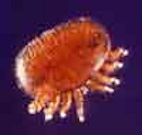 Alan said Honey Bees ARE declining; a Honey Bee MAP across Europe indicates the steady decline. Between 1985 & 2005 Europe has seen a decline of 23% across the continent, while England registered a 54% decline.
Alan said Honey Bees ARE declining; a Honey Bee MAP across Europe indicates the steady decline. Between 1985 & 2005 Europe has seen a decline of 23% across the continent, while England registered a 54% decline.
The BFA also has concerns that Bee Farmers are at risk of decline? The Bee Farmers Association has circa 300 members and of real concern, the youngest is 33 years old!
The decline in Honey Bee numbers has more than one cause. The VARROA mite is a much publicised, and very real danger; pesticide use a contributor and Colony Collapse Disorder (CCD) another enemy of the bee farmer.
 Varroa is a tiny parasitic mite which lives on the bee and It attaches to the body of the bee and weakens the bee by sucking hemolymph, which is a fluid in the circulatory system, and acts in a similar way to blood in vertebrates.
Varroa is a tiny parasitic mite which lives on the bee and It attaches to the body of the bee and weakens the bee by sucking hemolymph, which is a fluid in the circulatory system, and acts in a similar way to blood in vertebrates.
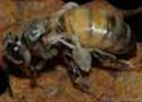 For some time, scientists have known that honey bees host a number of viruses. There is evidence that some of these viruses are associated with Varroa mite presence and levels in a colony.
For some time, scientists have known that honey bees host a number of viruses. There is evidence that some of these viruses are associated with Varroa mite presence and levels in a colony.
It now is believed that Varroa mites can transmit multiple viruses to their hosts and that these viruses, not the Varroa mites themselves, may cause the majority of the damage that bees experience while hosting the mites.
Colony collapse disorder (CCD) is a phenomenon in which worker bees from a beehive or European honey bee colony abruptly disappear.
The English Apple Man comments!
Researching CCD there are many significant facts which implicate a variety of possible causes; viruses appear high on the list, but weather, pesticides, starvation and low immunity to pathogens are potential contributors.
"As early as the 1900s, colony collapses have occurred and been documented in the U.S. Reports show this behavior in hives in 1918 and 1919; Coined "Mystery Disease" by some, it eventually became more widely known as "Disappearing Disease". in 1965, reported that hives afflicted with Disappearing Disease in Louisiana had plenty of honey in the combs although there were few or no bees, discrediting reports that lack of food attributed to the disappearance.
"There was a well documented outbreak of colony losses spreading from the Isle of Wight to the rest of the UK in 1906. These losses later were attributed to a combination of factors including adverse weather, intensive Apiculture leading to inadequate forage, and a new infection, the chronic bee paralysis virus; but, at the time, the cause of this agricultural beekeeping problem was similarly mysterious and unknown".
"At present, the primary source of information, and the presumed "lead" group investigating the phenomenon, is the Colony Collapse Disorder Working Group, based primarily at Pennsylvania State University. Their preliminary report pointed out some patterns but drew no strong conclusions. A survey of beekeepers early in 2007 indicated that most hobbyist beekeepers believed that starvation was the leading cause of death in their colonies while commercial beekeepers overwhelmingly believed that invertebrate pests (Varroa mites, honey bee tracheal mites, and/or small hive beetles) were the leading cause of colony mortality"
"A large 2010 survey of healthy and CCD-affected colonies also revealed elevated levels of pesticides in wax and pollen, but the amounts of pesticides were similar in both failing and healthy hives. They also confirmed suspected links between CCD and poor colony health, inadequate diet, and long-distance transportation. Studies continue to show very high levels of pathogens in CCD-affected samples and lower pathogen levels in non-affected samples, consistent with the empirical observation that healthy honey bee colonies normally fend off pathogens. These observations have led to the hypothesis that bee declines are resulting from immune suppression"
Alan Hart reminded top fruit growers that simple measures will enhance the performance of bees pollinating our UK orchards. When using pesticides, timing of spraying is an important issue; bees will be out early in the morning in warm weather and avoiding spraying early in the day is good practice when those conditions prevail.
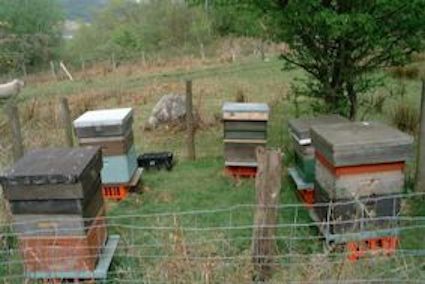 Placing hives in a sheltered place, facing South and off the ground; e.g. on pallets, or in a bulk bin, thus creating shelter is a prerequisite for good practice.
Placing hives in a sheltered place, facing South and off the ground; e.g. on pallets, or in a bulk bin, thus creating shelter is a prerequisite for good practice.
Looking to the future, Alan said hire of bee hives is likely to rise dramatically; quoting US Almond producers as an example; in 1995 the hire charge was circa $45-$50 now they are facing circa $200 per hive.
The probability of a substantial increase in England for Bee Hive hire in the near future seems certain; "we growers must do all we can to protect our little friends" to help their survival and keep the cost of Honey Bee pollination at an affordable level.
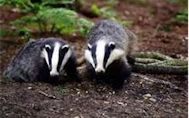 Alan answered a number of questions from the audience, but one which came by way of an observation caused a high degree of interest as; "one grower said, a lot of publicity surrounds Badgers and their association with TB, however it is not widely known outside of the farming fraternity, that Badgers are destroying 'wild bee nests' (they; 'wild bees' nest in old mice nests or any cosy habitat) as they seek out the honey. badgers love honey, they can sniff out bumble bee nests and easily dig them up. Badgers are also good climbers and can reach bees nests.
Alan answered a number of questions from the audience, but one which came by way of an observation caused a high degree of interest as; "one grower said, a lot of publicity surrounds Badgers and their association with TB, however it is not widely known outside of the farming fraternity, that Badgers are destroying 'wild bee nests' (they; 'wild bees' nest in old mice nests or any cosy habitat) as they seek out the honey. badgers love honey, they can sniff out bumble bee nests and easily dig them up. Badgers are also good climbers and can reach bees nests.
Alan agreed that Badgers do destroy wild bee habitats, and indeed can knock over Honey Bee Hives in search of Honey.
The Badger debate has become very emotional; those who defend the Badger must be heard, but many in the farming fraternity believe we are losing the natural balance between the hunted & hunters.
So what is the truth about the badgers and the bees? Well, badgers do indeed dig up the nests of bumble bees and eat the unfortunate occupants.
You can watch a badger doing this in a short black and white film made by British Pathé in An old (1959) British Pathe Film of Badgers at work. (click to play and then move the little white bar below the control buttons to the 10 minute mark on the 'timeline' to get straight to the badger segment).
Pictured below a bee farmer at work with his hives, and a commercial honey bottling plant.
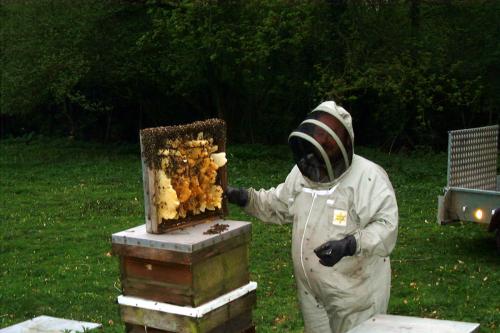
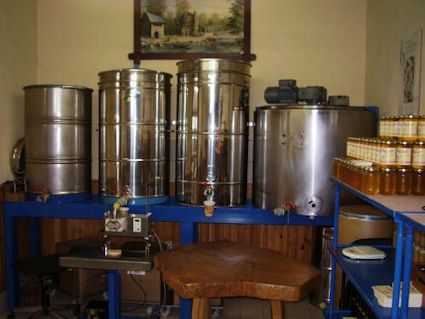
The 'Finale' Honey Bees at close quarters!
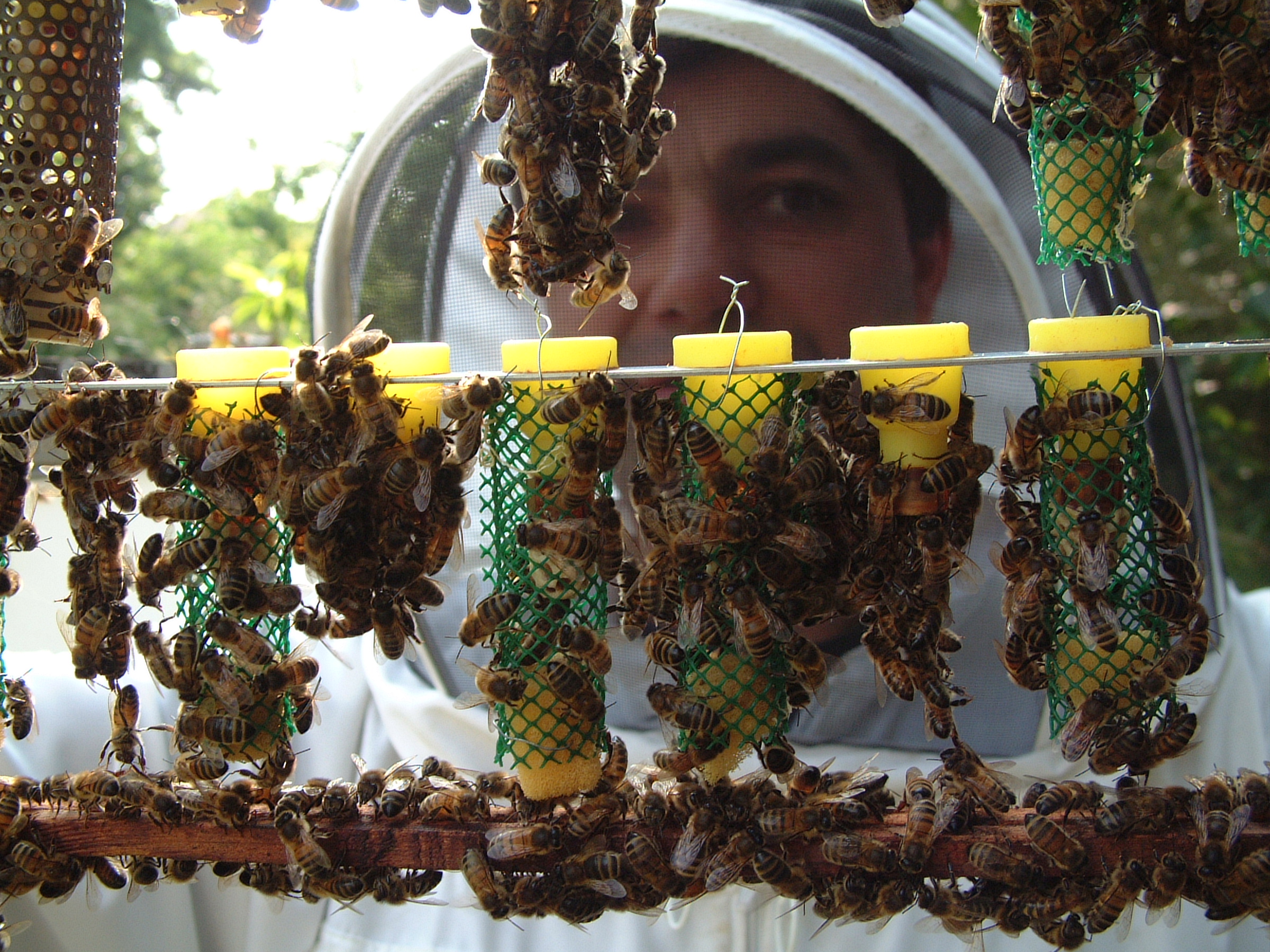
Until next week................
Take care
The English Apple Man